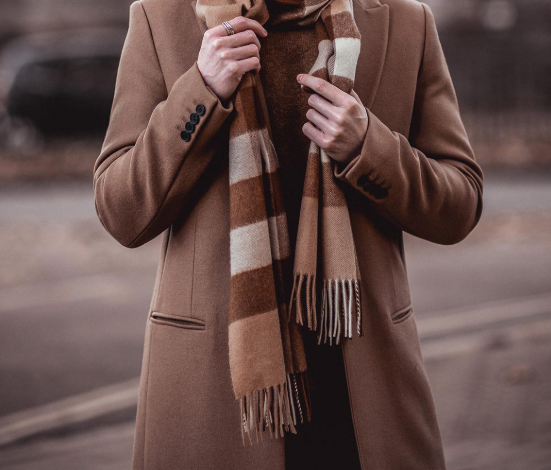Tall vs. Regular Shirts: Finding the Fit That Works for You

When it comes to shirts, one size doesn’t fit all—literally. Whether you’re shopping for a wardrobe staple or customizing a shirt for a specific event, knowing the difference between tall and regular fits can make a noticeable impact on both comfort and appearance.
The right fit doesn’t just change how your clothes look—it affects how you feel. If your sleeves ride up or your shirt untucks every time you move, chances are you’re wearing the wrong size or style. Let’s explore how tall and regular shirts differ and how to choose the right one for your body type.
Tall Shirts: Designed for Longer Proportions
Tall shirts are created with extra length in the torso and sleeves, offering a better fit for individuals over six feet tall or those with longer limbs. These shirts maintain the same width in the chest and shoulders as regular sizes but add a few extra inches in key areas to avoid awkward fits.
If you’re tired of your shirt creeping up when you reach for something or sleeves stopping well above the wrist, a tall shirt might be your solution. Styles such as tall long-sleeve tees, polos, and button-downs allow for a polished look without sacrificing comfort.
How to Measure for a Tall Shirt
To get the most accurate fit:
- Sleeve Length: Measure from the shoulder seam to the wrist. The cuff should hit right at the wrist bone.
- Torso Length: The shirt should stay tucked in and cover the waistband comfortably.
- Neck and Chest: Use the same measurements as regular shirts—tall sizing focuses primarily on length, not width.
These dimensions are especially important when ordering custom apparel. A shirt made for tall proportions will look and feel much better than trying to size up in a regular cut.
Regular Shirts: The Standard Fit for Everyday Wear
Regular-fit shirts are designed for average body proportions, generally catering to those between 5’6″ and 6’0″ tall. These shirts offer a balance of comfort and shape, making them a reliable option for casual, business, or active wear.
The appeal of a regular fit lies in its adaptability. Whether it’s a classic crewneck tee, a polo shirt, or a dress shirt, regular sizing provides a traditional silhouette that works for most body types.
Getting the Right Regular Fit
When trying on regular shirts, focus on:
- Shoulder Seams: They should align with the natural edge of your shoulder.
- Chest Fit: Snug but not tight. You should be able to move freely without excess fabric bunching.
- Length: The hem should fall a few inches below the waistband. Too short and it becomes a hassle to keep tucked; too long and it can look sloppy when worn untucked.
Fit and Style Go Hand in Hand
Choosing between tall and regular shirts is about more than just measurements—it’s about how your clothes work with your lifestyle. Tall shirts offer a tailored solution for longer frames, while regular shirts serve as a dependable option for most builds.
When it comes to style, the right fit enhances how a garment drapes on your body, helping you achieve a polished look without constant adjustments. Whether you’re customizing a design or shopping off the rack, knowing your ideal fit can transform your wardrobe and boost your confidence.
In Summary
Tall shirts are ideal for those with longer torsos and arms, offering added length where it counts. Regular shirts suit standard body types, balancing comfort and timeless style. Both fits serve a purpose—it’s all about finding which one complements your frame and aligns with your day-to-day needs.





